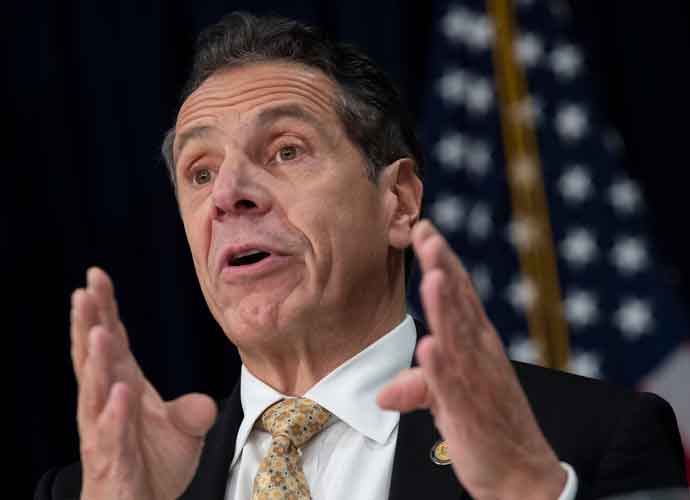Conservative Supreme Court Rejects New York’s Limits On Religious Gatherings During COVID-19
The U.S. Supreme Court voted 5-4 in emergency midnight rulings late Wednesday to block New York state from reimposing limits on religious gatherings, indicating the court’s first partisan shift since the addition of a new conservative member.
Wednesday night’s orders were the first indication of the high court’s conservative tilt since right-wing Justice Amy Coney Barrett, President Donald Trump’s newest appointee, filled the seat last month that late liberal Justice Ruth Bader Ginsburg had occupied.
In May and July, the Supreme Court rejected several challenges to virus-related restrictions. The cases dealt with restrictions on churches in California and Nevada. In these cases, Chief Justice John Roberts joined the liberal justices to stress the importance of allowing state and local governments to manage restrictions.
The court wrote in an unsigned opinion, “Stemming the spread of COVID-19 is unquestionably a compelling interest, but it is hard to see how the challenged regulations can be regarded as ‘narrowly tailored’ … They are far more restrictive than any COVID-related regulations that have previously come before the Court, much tighter than those adopted by many other jurisdictions hard-hit by the pandemic, and far more severe than has been shown to be required to prevent the spread of the virus at the applicants’ services.”
Subscribe to our free weekly newsletter!
A week of political news in your in-box.
We find the news you need to know, so you don't have to.
In a 5-4 vote, the justices granted emergency relief to Roman Catholic churches and Jewish congregations, which had said that the restrictions violated their First Amendment rights. Roberts and the three liberal justices, saying that emergency relief was unnecessary.
Gov. Andrew Cuomo (D-New York) had imposed restrictions on the number of people allowed at religious gatherings in zones with numbers of COVID-19 cases, but the Justices overturned his order. New York classifies areas where the number of coronavirus infections continuously increases by severity, using yellow, orange or red. Earlier this month, Cuomo had placed a 10-person limit in red zones and 25 in orange zones.
The Justices struck the order down Wednesday despite Cuomo lifting the most onerous restrictions Monday by moving the areas occupied by the religious congregations involved the litigation into the “yellow” zone. Still areas in Staten Island and in Monroe and Onondaga Counties are now under “orange” limits.
Roberts acknowledged that restrictions on religious activities in “orange” or “red” zones may violate the Constitution, but he warned against addressing that issue when no restrictions are currently in place for religious entities petitioning in court.
“It may well be that such restrictions violate the Free Exercise Clause. It is not necessary, however, for us to rule on that serious and difficult question at this time,” the chief justice wrote in a solo dissent. “The Governor might reinstate the restrictions. But he also might not. And it is a significant matter to override determinations made by public health officials concerning what is necessary for public safety in the midst of a deadly pandemic.”
“I fear that granting applications such as the one filed by the Roman Catholic Diocese of Brooklyn … will only exacerbate the Nation’s suffering,” Justice Sonia Sotomayor wrote in a somber joint dissent with Justice Elena Kagan.
Get the most-revealing celebrity conversations with the uInterview podcast!









Leave a comment